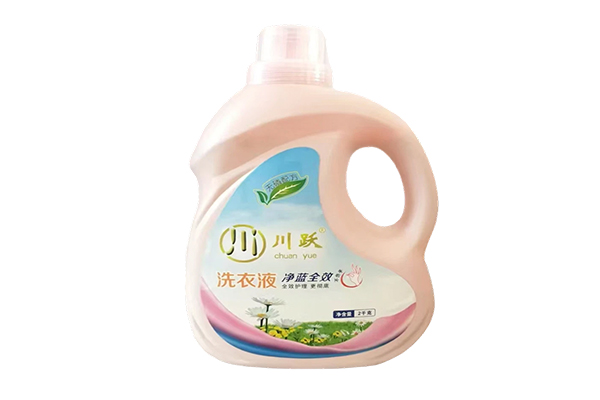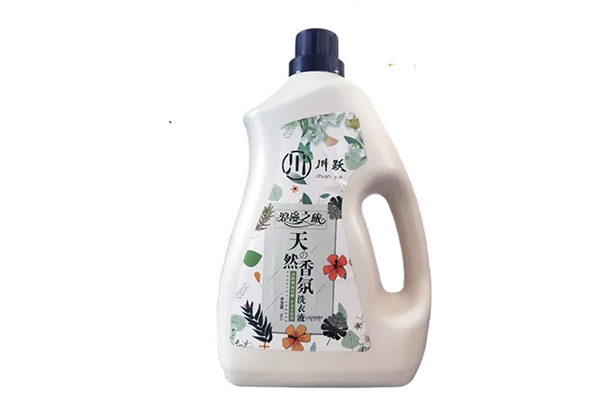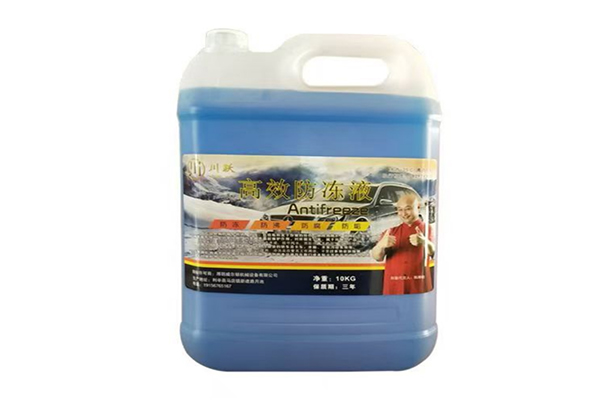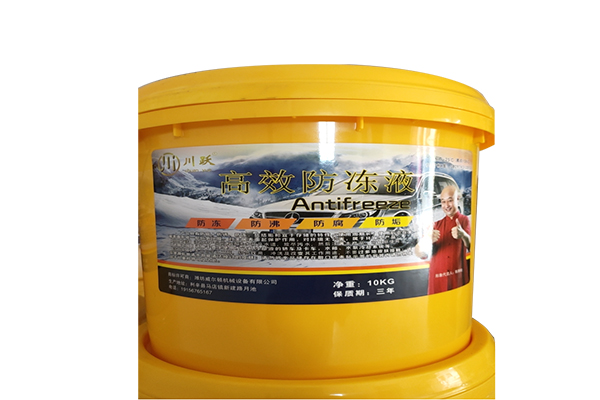How well does phosphate-free laundry detergent protect clothing fibers and colors?
Release Time : 2025-03-20
The protective effect of phosphate-free laundry detergent on clothing fibers and colors is an aspect that consumers pay great attention to when choosing detergents.
The main feature of phosphate-free laundry detergent is that it does not contain phosphorus, and usually uses 4A zeolite and other phosphorus-free substances as detergent aids. This type of washing powder pays more attention to environmental protection and mildness in its formula, reducing pollution to the environment. At the same time, phosphate-free laundry detergent often contains surfactants, enzyme preparations, detergent aids, stabilizers and other ingredients. These ingredients work synergistically, so that phosphate-free laundry detergent can effectively remove stains and reduce damage to clothing fibers and colors during the washing process.
The protection of phosphate-free laundry detergent on clothing fibers during the washing process is mainly reflected in two aspects: one is to reduce fiber damage, and the other is to keep the fiber soft and elastic. Since phosphate-free laundry detergent does not contain phosphorus, the corrosive effect of phosphorus on the fiber is avoided, thereby reducing fiber damage. In addition, the surfactant in phosphate-free laundry detergent can form a protective film covering the fiber surface, reducing friction and damage during the washing process. At the same time, some phosphate-free laundry detergents also add softener ingredients to make the washed clothes softer and more comfortable.
Phosphate-free laundry detergents also perform well in protecting the color of clothes. Since phosphate-free laundry detergents do not contain phosphorus, the catalytic oxidation of phosphorus on the color of clothes is avoided, thereby reducing the fading and aging of colors. In addition, the detergents and stabilizers in phosphate-free laundry detergents can fix the dye molecules on the clothes and prevent the dyes from falling off during the washing process, thereby maintaining the brightness of the clothes. Some high-end phosphate-free laundry detergents also add color protection factors to further enhance the color protection effect.
Compared with phosphorus-containing laundry detergents, phosphate-free laundry detergents have more advantages in protecting clothing fibers and colors. The phosphorus element in phosphorus-containing laundry detergents easily combines with calcium and magnesium ions in the water to form precipitates, which will adhere to the fibers of clothes, causing the fibers to become hard and the colors to darken. Phosphate-free laundry detergents avoid this problem, making the washed clothes softer and the colors more vivid.
Although phosphate-free laundry detergent performs well in protecting clothing fibers and colors, some precautions should still be taken during use. First, the appropriate washing program and detergent dosage should be selected according to the material and color of the clothing. Second, clothes of different colors or materials should be avoided from being mixed to avoid mutual staining or damage. In addition, for clothes that are easy to fade, it is recommended to wash them separately and use color-protecting detergents.
In addition to the protective effect on clothing fibers and colors, phosphate-free laundry detergent also has significant environmental advantages. Since it does not contain phosphorus, phosphate-free laundry detergent reduces the risk of eutrophication of water bodies and helps protect aquatic ecosystems. At the same time, phosphate-free laundry detergent has less impact on the environment during production and use, which is in line with the environmental protection concept of modern society.
Phosphate-free laundry detergent performs well in protecting clothing fibers and colors and has significant environmental advantages. When choosing detergents, consumers can give priority to phosphate-free laundry detergent to better protect clothing and reduce the impact on the environment. At the same time, the correct washing methods and precautions should also be paid attention to during use to ensure the washing effect and the service life of clothing.







